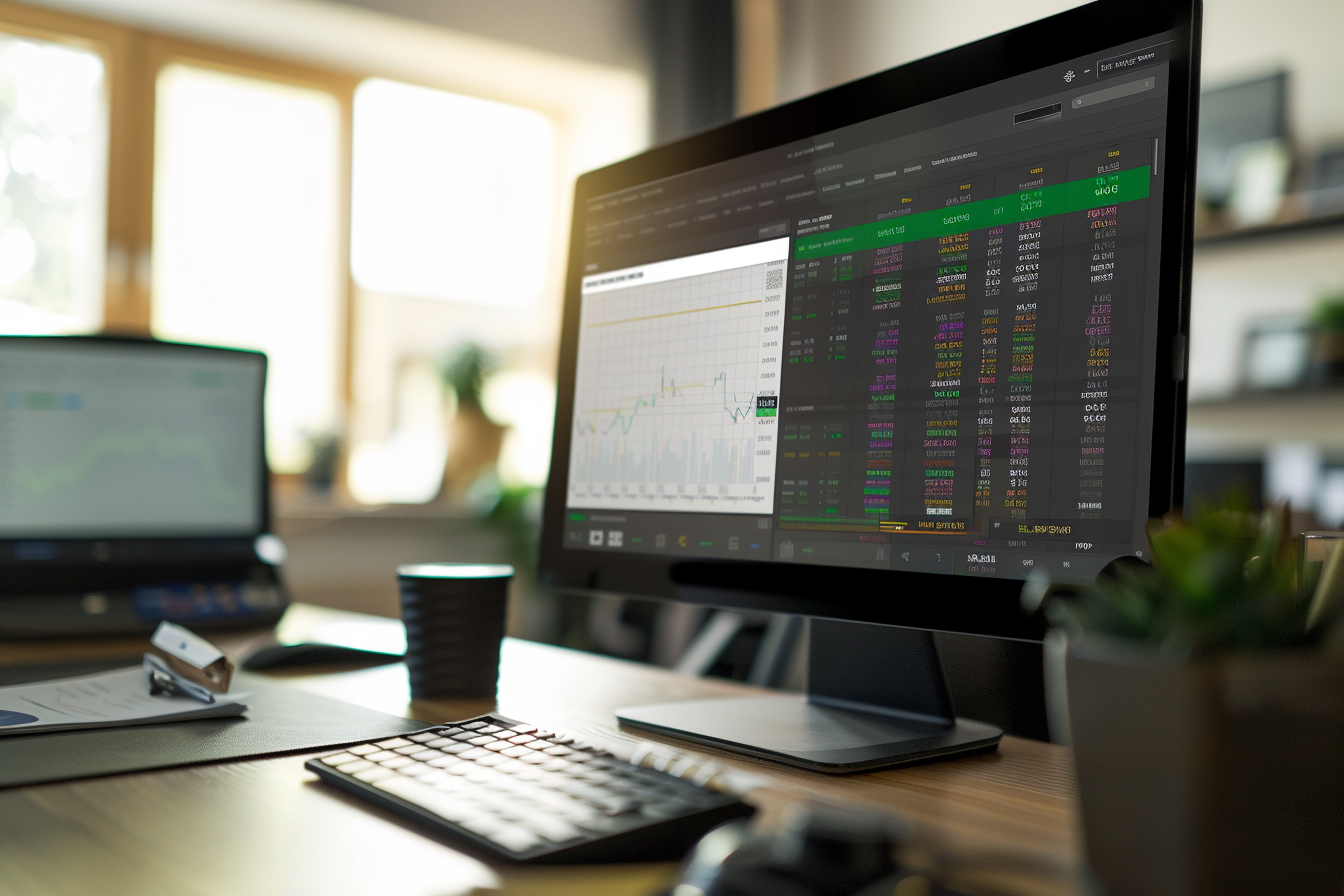
In the dynamic world of online trading, the landscape of fees and commissions plays a critical role in shaping investor strategies and choices. As trading platforms vie for attention in a crowded market, understanding their pricing structures becomes paramount for traders aiming to maximize returns while minimizing costs. This article embarks on a comparative journey through the myriad of fees and commissions across various trading platforms, elucidating the financial implications for traders of all levels.
Unveiling the Fee Structures
Trading platforms, the gateways to financial markets, offer diverse services ranging from stock and forex trading to cryptocurrency exchanges. However, the convenience and accessibility of these platforms come at a cost, manifested in various fees and commissions. These charges can significantly affect the profitability of trading activities, making it essential for traders to navigate these waters carefully.
The Spectrum of Trading Costs
The landscape of trading fees is complex, encompassing a range of charges that can impact the overall trading experience. Understanding the components of these costs is the first step in making informed trading decisions:
Commission-Based Models
Many platforms operate on a commission-based model, charging traders a fee for each trade executed. This model can vary significantly between platforms, with some offering flat rates per trade and others adopting a percentage-based approach. The choice between these models can influence trading strategies, particularly for high-volume traders.
Spread-Based Fees
In contrast to commissions, spread-based fees are prevalent in forex and cryptocurrency trading. The spread, the difference between the bid and ask prices, represents the cost to the trader. Platforms with narrower spreads are generally more cost-effective, especially for frequent traders.
Subscription and Account Fees
Some trading platforms implement subscription or account maintenance fees as part of their revenue model. These fixed charges can be monthly or annual and may offer additional benefits or services. For casual traders, these fees can represent a significant portion of their trading costs.
Additional Service Charges
Beyond the primary trading costs, traders may encounter a variety of additional fees, including inactivity fees, withdrawal fees, and charges for accessing premium features or data. These can add up and should be considered when choosing a trading platform.
Navigating the Fee Ecosystem
The challenge for traders lies in navigating this complex fee ecosystem. A platform that offers low commissions might compensate with higher spread fees or subscription charges, making it crucial to analyze the overall cost structure:
Comparative Analysis Tools
Utilizing comparative analysis tools or fee calculators provided by many platforms can offer insights into the total cost of trading activities. These tools enable traders to estimate expenses based on their trading volume and frequency, aiding in the selection of the most cost-effective platform.
Understanding the Fine Print
It’s imperative for traders to delve into the details of fee structures, reading the fine print to uncover hidden charges that could affect profitability. Transparency in fee disclosure varies between platforms, necessitating thorough research.
The Role of Regulation
Regulatory bodies play a significant role in ensuring transparency and fairness in the disclosure of fees and commissions. Traders should be aware of the regulatory environment of their chosen platform, as it can provide a layer of protection and recourse in the event of disputes.
The Ethical Dimension
The debate over fees and commissions also encompasses ethical considerations. The push for transparency and fairness in trading costs is gaining momentum, with calls for platforms to adopt more straightforward and user-friendly pricing models. As traders become more savvy and demand greater value, platforms are incentivized to reevaluate their fee structures.
Looking Ahead: The Evolution of Trading Costs
The landscape of trading fees and commissions is in constant flux, driven by technological advancements, regulatory changes, and competitive pressures. Emerging trends, such as the rise of commission-free trading platforms, are reshaping the cost dynamics of the industry. However, traders should remain vigilant, as “free” trading might be offset by other charges or limitations.
In the quest for cost-effective trading, the balance between fees and service quality becomes a pivotal consideration. As the market evolves, so too will the strategies of traders and platforms alike, in a continuous effort to align financial objectives with cost efficiency. The journey through the maze of trading fees and commissions is ongoing, with each trader charting their own course through the complex terrain of financial markets.










